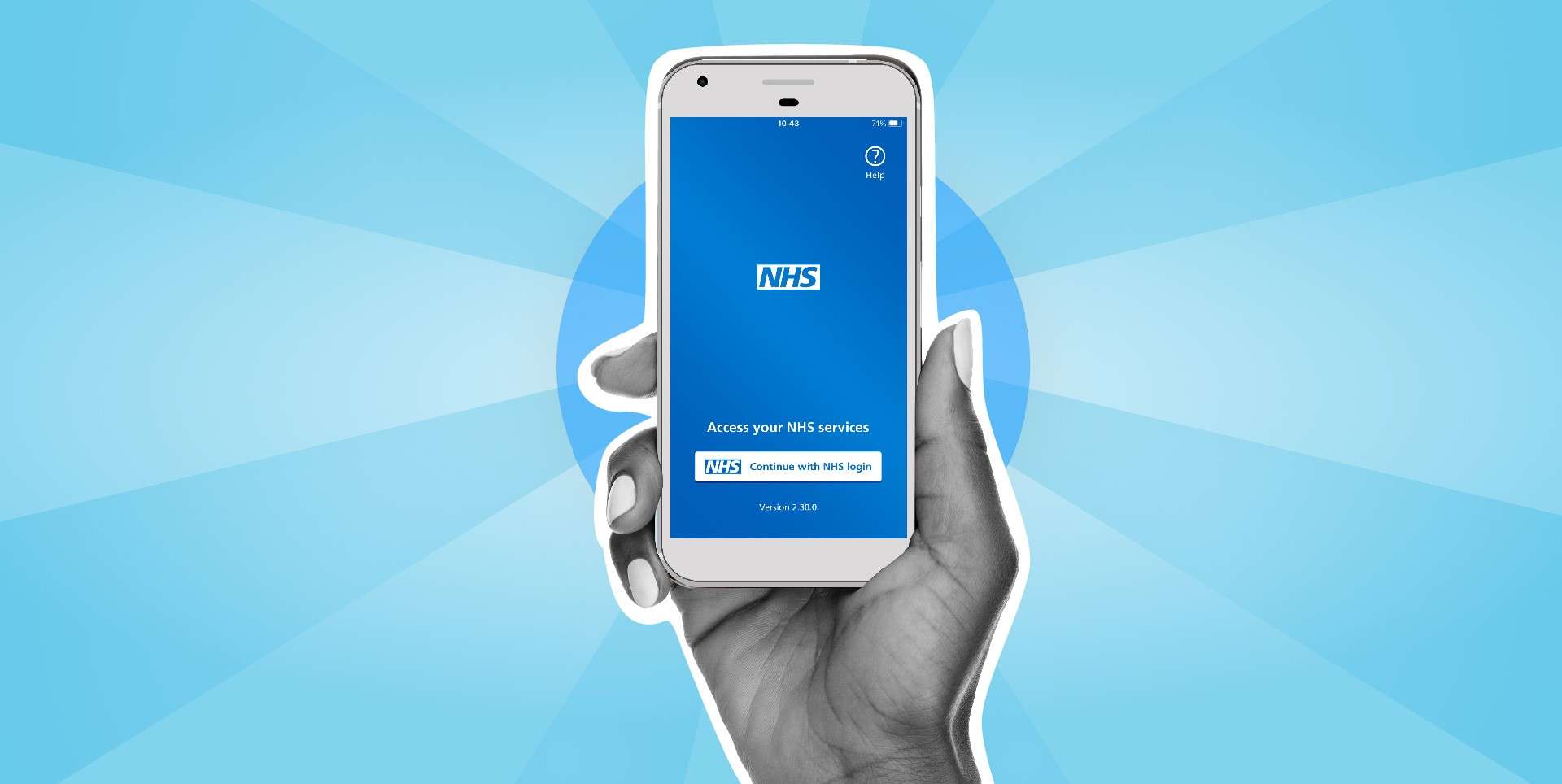PublicTechnology rounds up the most-read and significant stories we covered this year
The second part of our annual round-up is published here.
This year might, in many ways, feel like one in which very little has happened.
Or at least very little which has not taken place within the confines of a Zoom, Teams, Skype or Hangouts screen.
But there have been some pretty big stories this year (we can think of at least one that has cropped up quite a bit).
In fact, for a publication that reports on the public sector’s relationship with technology, this year has been busier than ever.
In this roundup, we will run through the year’s most significant stories we have reported on, as well as those that have been most widely read by our audience.
The story that tops the list may (spoiler alert) come as little surprise. But, beyond the virus, the business of government has gone on. And, more than ever, that business has needed to be conducted using data, technology and digital platforms.
Below is part one of our rundown of the year’s biggest stories. Look out tomorrow for the second part.
Disinformation and misinformation
False information spread online has, in the last few years, been a growing cause of profound problems for government and, more importantly, the society it serves.
Disinformation, defined as falsehoods spread deliberately for political, financial or ideological reasons, and misinformation, which is the inadvertent sharing of inaccurate or untrue content, was already recognised as a major challenge to our democratic process and political landscape.
The threat this issue poses to public health became all-too apparent this year.
This feature tracking what MPs labelled the ‘infodemic’ of false information on coronavirus was among our most widely shared of the year.
Also being widely shared, a parliamentary committee heard from a range of sources, was dangerous inaccuracies on issues such as snake oil ‘treatments’ for Covid-19, alleged – and entirely untrue – hospital negligence, claims that 5G encourages the spread of the virus, and made-up ‘studies’ that state certain medicines – such as painkillers – are dangerous.
Government certainly takes these problems seriously; at the beginning of the pandemic it reactivated a cross-government anti-misinformation unit run from the Department for Digital, Culture, Media and Sport.
More recently, cabinet ministers have held discussions with representatives of the biggest social-media firms to work together to stem the potential impact of false information being spread about vaccines.
But it has been urged to go even further and enact emergency laws to prevent such information being spread, and even prosecute those who enable it to be so.
The switch to smart working
The story of the working life of millions of public-sector employees – and millions more across many industries throughout the country – was largely a tale told from the comfort of our own homes.
Even the most technophobic among us have had to get used to using digital platforms and online tools to enable us to continue working throughout a pandemic that closed offices, restaurants, bars and shops.
And the new way of working will certainly persist into next year. And, even once everything else has returned to what we might nervously enjoy referring to as normal, it seems likely that many of us will continue to work remotely as a matter of course, rather than a matter of emergency.
Among our most-read stories of the year was the news in May that the Home Office had – with impressive prescience, given that the country was only two months into the first lockdown – told its employees that home working was liable to be required for another 12 months.
At least the department had shown how that it could adapt to the new way of doing things; others had a trickier time.
A few days after the Home Office announcement, it emerged that as many as four in five employees at the Department for Work and Pensions were not yet working remotely. The proportion of staff at HM Revenue and Customs still going into the office stood at about 10% – making it the only other department with a double-digit percentage of its workforce not yet working from home.
A month later the tax agency faced criticism that, as part of its programme of office closures, it embarked upon a redundancy scheme – while still assessing how it might adapt and implement remote-working practices in the longer term.
However it does so, it will not be the only organisation that does.
A strange year for procurement
On the same day that the first national lockdown was announced, the Cabinet Office released procurement guidance that outlined that public-sector bodies could circumvent the usual tender processes and buy necessary technology upgrades and other goods and services without competitive processes.
Our fourth most-read story of the year brought the news that the Ministry of Defence had awarded what it claims was a first-of-its-kind £20m cloud-hosting contract directly to Microsoft. The MoD had first decided – before and irrespective of the coronavirus crisis – that its needs could not be met by one of the vendor’s reseller or service-provider partners.
Other agencies have taken advantage of the new, looser procurement environment; the development process of the government’s, ultimately abandoned, contact-tracing app was supported largely by deals that were awarded in haste directly to the firms in question.
The question of whether those contracts represented good value for taxpayers’ money is now likely to be assessed as part of an ongoing wider examination, by the National Audit Office of the transparency of government procurement practices throughout the pandemic.



